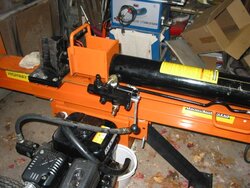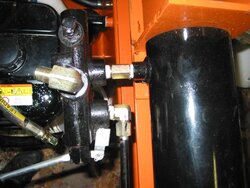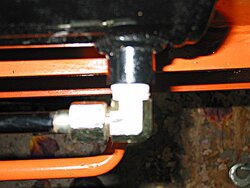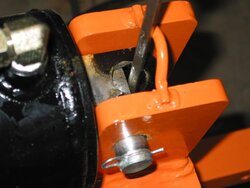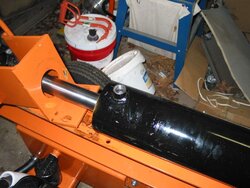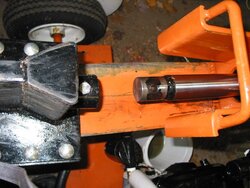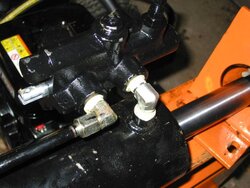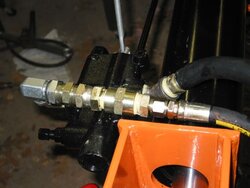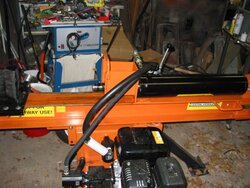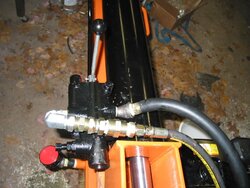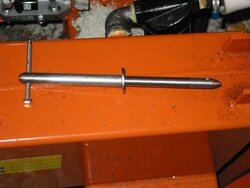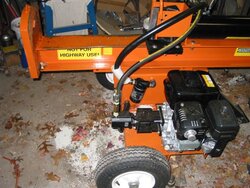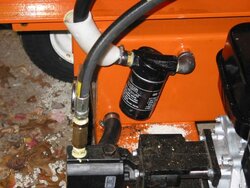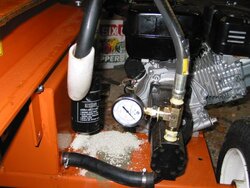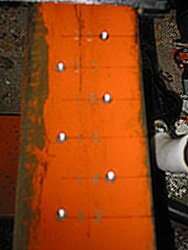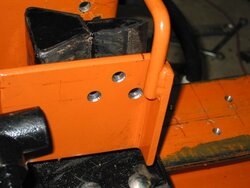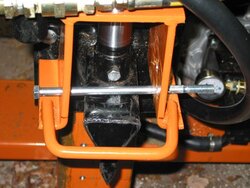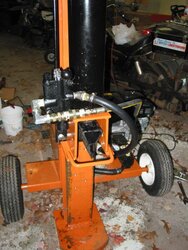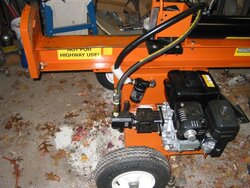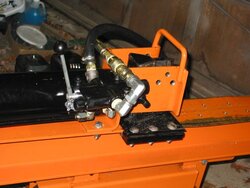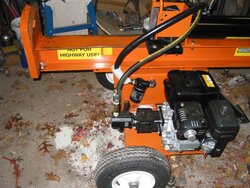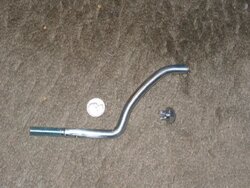Roxburyeric said:Thanks for this great post as it has been very helpful in my consideration of purchasing a splitter. Here is what I have learned - Please don't take this the wrong way. Given the amount of travel time, work time, assembly time, upgrade costs, gas, time dealing with HF and down time from making the fixes and upgrades, it seems very clear to me that you could have bought a Timberwolf, Iron & Oak or other higher end unit from the start and most likely you would not have had to deal with all the issues you have described to us and you probably would have spent the same amount of money. Maybe I'm wrong and I do realize that some of your work wasn't needed - just wanted to make the unit better. Thanks
ABSOLUTELY WRONG
 I've had less than one day of down-time, by the time I am finished with the current mods, it will be around two. These days were *chosen* deliberately because the weather outside was miserable and I wouldn't have been splitting anyway, thus no "real" downtime at all...
I've had less than one day of down-time, by the time I am finished with the current mods, it will be around two. These days were *chosen* deliberately because the weather outside was miserable and I wouldn't have been splitting anyway, thus no "real" downtime at all...I had some leaks at first, most of which were easy enough to fix, and none of which were major. Even the valve (and now piston) leaks were minor enough that if the unit wasn't under warranty, I probably would have ignored them....
If I were just swapping out the valve (sent to me at no charge by HF, with no need to return the original - I may end up with a near complete set of spares for the hydraulics out of the deal) it would have been an hour or so of work. The mods I'm making are for my comfort, and can't really be charged against the machine for the most part, as they are in the same nature as hopping up a perfectly fine performing car - making it better than the original, not that the original was defective...
Even with the cost of the mods (which again shouldn't be charged against HF) I still am WAY under the cost of a comparable TSC unit, which I would have had to drive to pick up, instead of having it unloaded on my doorstep... (forget about the cost of an Iron Oak, or Timberwolf) If I'd bought one of the high-end units, I probably would STILL be making some of the mods I'm making today, which would still be costing me comparable amounts...
This splitter is not a purchase that I'm regretting.
Gooserider


